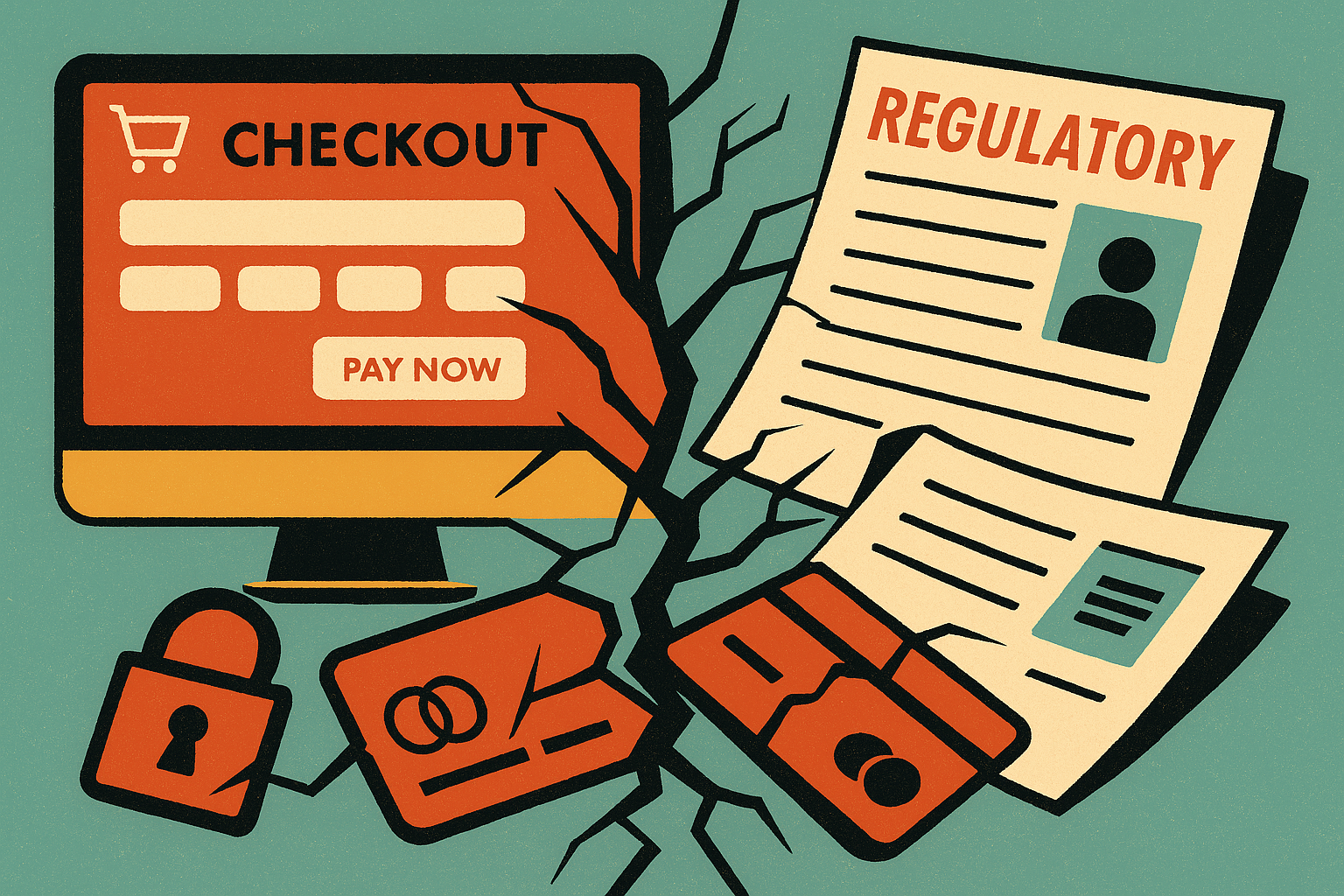Buy now, pay later (BNPL) once promised a future of frictionless finance, with credit embedded silently into the checkout. For retailers, it became more than a payment option. It was a conversion booster, a loyalty hook, and a competitive differentiator. But as the UK government finalises regulation to bring BNPL under the Consumer Credit Act, the very characteristics that made it so appealing — speed, simplicity, and low entry barriers — are coming under pressure.
At the centre of the change is the introduction of mandatory affordability checks. For the first time, BNPL providers will be required to assess whether short-term interest-free loans are actually affordable to the consumer — and they’ll need to prove it. For ecommerce teams used to removing clicks from the funnel, the prospect of inserting regulatory friction at the point of sale feels like swimming against the current.
“New BNPL regulations will likely add extra steps at checkout, such as affordability checks,” said Will Kogan, General Manager at Franklin Parcel. “This can slow down the process and may lead some customers to abandon their purchases. Retailers risk losing sales if the experience feels too complicated or time-consuming.”
That risk is magnified in sectors where basket size is discretionary and brand switching is high, such as fashion, beauty, electronics — the very categories where BNPL has thrived. Even if consumers are not financially overextended, a few seconds of additional UX complexity could be enough to nudge them away from a purchase. “The more friction introduced, the less likely these benefits are to occur,” said Dr. Stijn Maesen, Assistant Professor of Marketing at Imperial Business School. “This will put pressure on the profitability of these schemes, requiring BNPL firms to adjust their value proposition.”
Retailers are not waiting to find out the hard way. Many are redesigning their checkout flows to preserve the customer experience, even under stricter rules. Kogan explains: “They aim to balance compliance with smooth user experience by embedding checks in the background or offering clear, simple explanations for any extra steps. This helps maintain customer trust without adding frustration.”
The user experience is only one axis of impact. Conversion rates, and revenue by extension, may also come under strain. “We expect that as a consequence of the affordability check requirements, there will initially be a natural drop in conversion on BNPL payment types,” said Josh Butterworth, Head of Payments at THG Ingenuity. “This is bad news for merchants who only enabled BNPL as a quick conversion win without thinking through their wider payments strategy.”
In other words, the era of plug-and-play BNPL may be over. Retailers are advised to think more holistically about payment orchestration. “It reinforces the need for a dynamic checkout page with multiple options for consumers in case they are unable to pay using their top-of-wallet option,” Butterworth adds. “Any merchant without a range of fallback options will be leaving money on the table.”

The recalibration is not only technical but strategic. Some retailers are reassessing their BNPL partnerships based on regulatory readiness. “Merchants might reconsider which BNPL provider they use or explore alternative payment methods if the new rules affect their sales or user experience too much,” said Kogan. “Flexibility and adaptability will be key as the landscape changes, with retailers seeking partners who can meet regulations without disrupting business.”
Neil Smith, CCO of payments platform Vigilo, agrees that this shift is already underway. “Merchants may evaluate their current BNPL partners based on how well they adapt to regulatory changes,” he noted. “Providers that can swiftly implement compliant solutions while minimizing checkout friction may gain a competitive edge.”
Over the longer term, the regulatory push may yet have unexpected upside. Once implemented, these changes could stabilise BNPL as a more trustworthy option for consumers and a more sustainable model for retailers. “Longer term, I expect that the consumer confidence in BNPLs will increase due to the security blanket of regulation,” said Butterworth. “And I think there is, counter-intuitively, potential for this to lead to an increase in BNPL share of basket.”
The advertising element of the new rules is also drawing attention. For years, consumer watchdogs have flagged concerns about how BNPL was promoted — especially to younger and financially vulnerable demographics. Tighter marketing restrictions are widely seen as overdue.
“The tighter marketing restrictions are welcome — we have long ensured that any marketing we do around BNPL payment methods has been responsible,” said Butterworth. “However, it has historically been a difficult process to confirm whether a piece of marketing is permitted. A level playing field will allow us to ensure a more consistent customer experience.”
That consistency is also top of mind for the UK’s fintech leadership. “We welcome the publication today of the Treasury’s final approach and legislation to give the Financial Conduct Authority (FCA) powers to regulate BNPL,” said Janine Hirt, Chief Executive of Innovate Finance. “Proportionate regulation is vital to provide consistent consumer protection and customer experience, whilst ensuring continued innovation and access to inherently lower risk credit products.”
For now, the industry is in a holding pattern of preparing, adjusting and watching for how implementation plays out in 2026. “The regulation checks are a necessity,” said Smith. “However, the impact of this is yet to be fully realised, and we will have to see over the fullness of time how much friction vs ease will impact sales, profitability and of course experience for the customer.”
The question is no longer whether BNPL will change, but whether retailers are ready for what comes next when the frictionless illusion fades.


